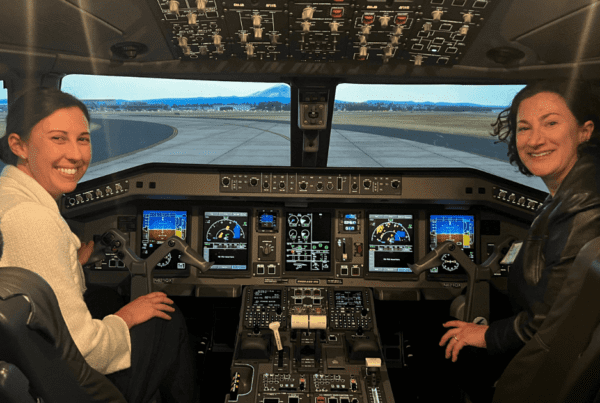UW School of Medicine’s Underserved Pathway program helps prepare future physicians to care for vulnerable and underserved populations.
Underserved, herein, refers to the difficulty that people face in accessing quality healthcare, while vulnerable describes people at risk for poor health outcomes due to structural inequities and marginalization.
The School has five Pathway Programs for students to choose from: Indian Health, Latinx Health, LGBTQ Health, Global Health and Underserved. The Underserved Pathway launched 12 years ago and now graduates around 70 students per year. This pathway engages students in three educational avenues: mentoring, developing a foundation of knowledge and a variety of real-world training experiences.
Mentoring
Each Underserved Pathway scholar matches with a mentor and connects with that person once per quarter during medical school. Mentors are physicians, researchers and advocates who spend significant time working in and with underserved and marginalized communities.
As mentors, physicians are invaluable in the lives and careers of students. They work with students to prepare them for clerkships, to process difficult cases, to practice residency interviews and to model work-life balance.
The Pathway hosts a quarterly event series that features physicians who practice in underserved settings, which serves as a place for students to learn and connect with mentors. The physician mentors who participate in the Underserved Pathway reach underserved populations across the Washington, Wyoming, Alaska, Montana and Idaho (WWAMI) region.
Developing a foundation of knowledge
Students can customize their Underserved Pathway experience to meet their own educational goals and interests. Some may focus on a specific population or community while others may explore broader issues surrounding the underserved, such as advocacy or policy.
The managers of the pathways work closely together to coordinate programming and requirements so that students can participate in multiple pathways. Pathways are built on the existing curriculum in the school and offer students opportunities to further their learning.
Real-world training experiences
Students in the Underserved Pathway implement their classroom and pathway learning in a number of settings: they complete a pre-clinical clinical experience in an underserved setting (like the Rural/Underserved Opportunities Program), a minimum of 24 hours of service learning or community engagement and at least six weeks of clinical rotations at underserved sites.
From clinical to service learning, students get the opportunity to apply the skills and framing they learn from their general curriculum, their pathway curriculum and their mentorship experiences.
Outcomes
Students enrolled in the Underserved Pathway are more likely than their non-pathway peers to match in a Primary Care Residency program (57% compared to 46%).
The real-word experience and tailored curriculum helps students create an informed knowledge base about the issues that affect underserved and vulnerable populations and prepares them to be effective patient advocates and leaders in their communities.
Guest Writer: Genya Shimkin


